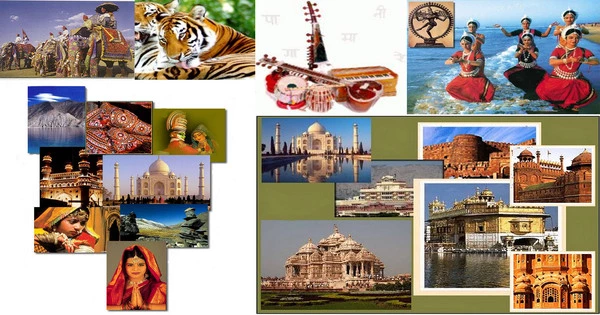The legacy of physical objects and intangible traits of a group or civilization that are inherited from previous generations, preserved in the present, and presented for the benefit of future generations is referred to as cultural heritage. It is the tangible and intangible heritage assets of a group or culture inherited from previous generations. A community’s history, traditions, customs, language, art, architecture, and other forms of creative expression are all included.
Individuals and communities benefit from cultural legacy as a fundamental link to the past, developing a feeling of identity, belonging, and continuity. Not all prior generations’ heritages are “heritage”; rather, legacy is a product of societal selection. The term is often used in connection with issues relating to the protection of indigenous intellectual property.
Preservation (American English) or conservation (British English) refers to the deliberate act of preserving cultural heritage from the present for the future, which is promoted by cultural and historical ethnic museums and cultural centers, though these terms may have more specific or technical meanings in the other dialect in the same contexts. Heritage preservation has become a cornerstone of the worldwide tourism sector, contributing significantly to the economic worth of local communities.
Cultural heritage can be categorized into two main types:
- Tangible cultural heritage: Buildings, monuments, artifacts, and historical places are examples of physical artifacts. These things symbolize a society’s material culture and have historical, cultural, or artistic importance.
- Intangible cultural heritage: Traditions, performing arts, rituals, practices, oral traditions, social practices, and knowledge systems are examples of non-physical parts of a community’s heritage. Intangible cultural heritage refers to the habits, beliefs, and ways of life that have been passed down through generations and contribute to the cultural diversity and identity of a community.
Preservation and conservation activities are critical in ensuring that cultural heritage is preserved for future generations. Various organizations, including UNESCO (United Nations Educational, Scientific, and Cultural Organization), advocate for cultural heritage protection and promotion globally through initiatives such as the World Heritage Sites program and the Convention for the Safeguarding of Intangible Cultural Heritage. These activities attempt to promote awareness about the importance of cultural heritage preservation and to encourage sustainable methods to ensure its long-term survival.
















